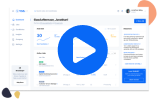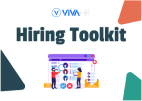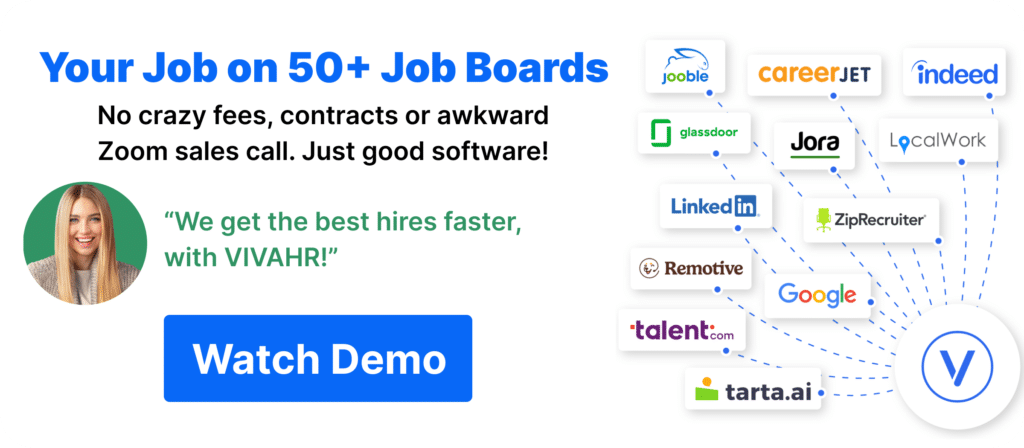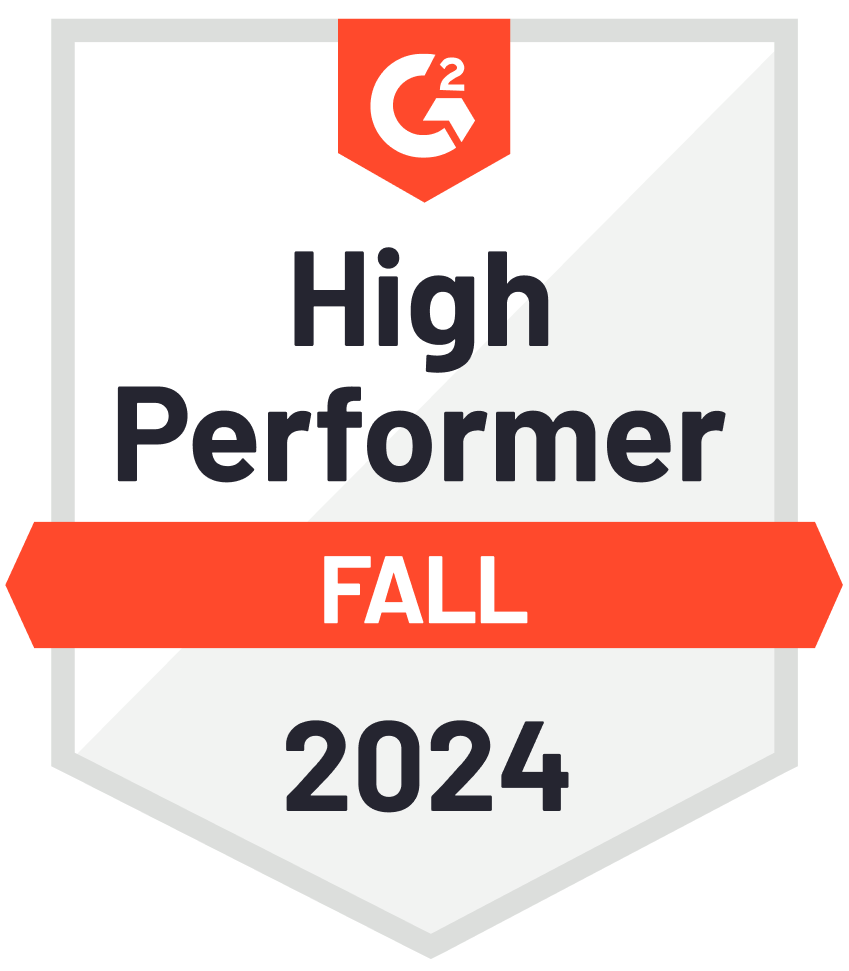Frequently Asked about User Experience Designer
What is the role of a User Experience (UX) Designer in a product development team?
A UX Designer plays a crucial role in shaping the overall experience a user has with a product. Their primary responsibility is to ensure that the product is intuitive, user-friendly, and aligned with the needs and behaviors of its target audience. They conduct user research to understand the needs of users, create personas, and develop wireframes and prototypes to visualize the product’s structure. UX Designers collaborate closely with product managers, developers, and visual designers to create seamless user journeys and ensure that the design is feasible and functional. Their role involves continuous testing and iteration to improve usability and satisfaction, making them key to developing successful, user-centered products.
How does a UX Designer collaborate with other teams, like developers and product managers?
UX Designers work at the intersection of design, technology, and business. They regularly collaborate with product managers to understand the goals of the product and ensure that user needs are balanced with business objectives. During the development process, they work closely with developers to ensure that the design is technically feasible and implemented as intended. This often involves providing detailed design specifications, participating in development sprints, and reviewing progress to maintain design consistency. Communication is key in this collaboration, as UX Designers need to explain their design decisions and align with feedback from different teams. This cross-functional collaboration ensures that the final product is both usable and aligned with business goals.
What qualifications should an employer look for when hiring a UX Designer?
Employers should look for a combination of formal education, practical experience, and a strong design portfolio when hiring a UX Designer. A degree in UX design, human-computer interaction, graphic design, or a related field provides a solid foundation in user-centered design principles. In addition to formal education, practical experience in creating wireframes, prototypes, and conducting user research is crucial. A portfolio that showcases past projects, particularly those that demonstrate problem-solving, design thinking, and user testing, is a key indicator of a candidate’s capabilities. Employers should also consider the designer’s proficiency in industry-standard tools like Sketch, Figma, or Adobe XD, and assess soft skills such as communication and collaboration, as UX Designers need to work effectively within cross-functional teams.
How can a UX Designer contribute to the business success of a company?
A UX Designer contributes to the business success of a company by improving the usability and overall experience of its products, which can lead to increased user satisfaction, higher engagement, and improved customer retention. By understanding the target audience and designing products that meet their needs, a UX Designer helps create products that are more intuitive, easier to use, and less prone to errors, reducing the need for extensive customer support. This can directly impact metrics such as conversion rates, customer loyalty, and brand perception. Furthermore, a well-designed user experience can differentiate a company from its competitors, making its products stand out in the market. In the long run, investing in UX design can reduce development costs by catching usability issues early, leading to a more efficient and cost-effective product development process.







